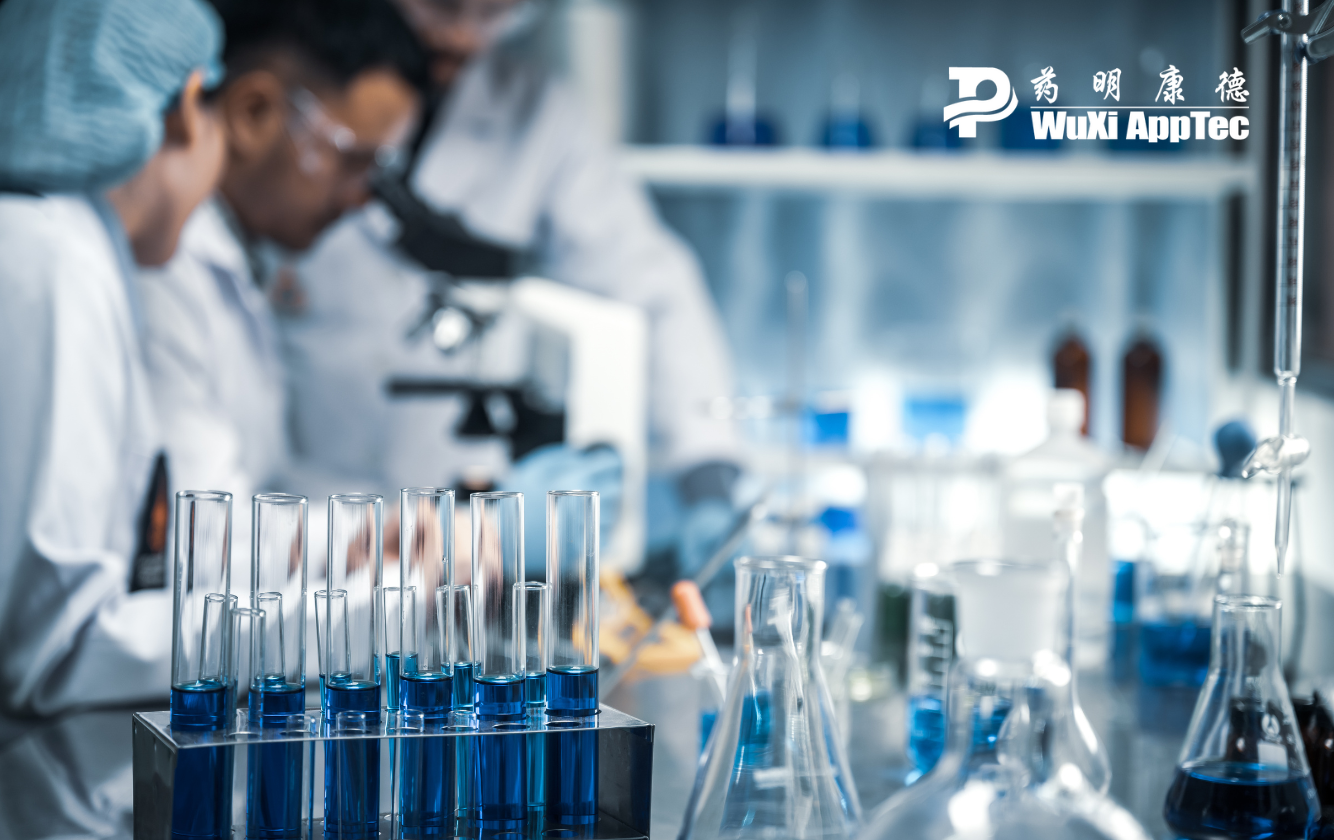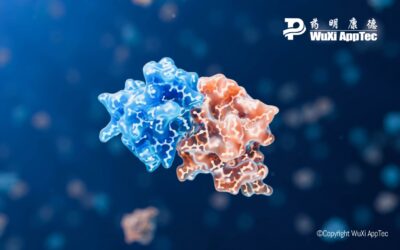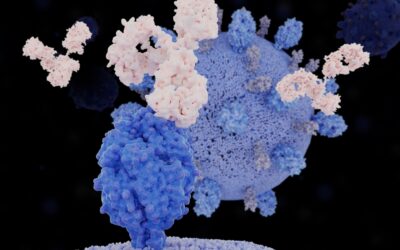In preclinical drug development, biomarkers are used to quantify drug safety and response. In this blog, we trace the use of biomarkers across this spectrum with tips along the way.
Biomarker analysis is a critical piece of drug development that helps provide a complete picture of how a compound impacts the body, informing decision-making at each step.
In preclinical drug development, the most commonly measured biomarkers are:
- Safety biomarkers: Indicate the likelihood, presence, or extent of toxicity as an adverse effect.
- Response biomarkers: Show that a biological response has occurred, whether beneficial or harmful, after exposure to a medical product.
For an accurate picture, it’s critical to establish that biomarkers and the test methods used to assess them are fit-for-purpose. A fit-for-purpose biomarker assay is “a conclusion that the level of validation associated with a medical product development assay is sufficient to support its context of use.”
Full validation – the extent to which methods are validated for clinical trials – is not required for discovery and preclinical stages. However, exploratory and translational validation is still an important and extensive step.
Biomarker Selection & Method Validation
To measure safety or response, you need to know to the minute amount how much of the biomarker is in the biological matrix, which means the instrument needs to be extremely sensitive and consistent over time. Validation ensures accurate, usable and reliable data (not to mention regulatory compliance).
There are hundreds of standard validated biomarkers available that drug developers can use out of the box. Selecting the right one is a challenge in and of itself, depending on the complexities of the target disease, the stability of the biomarker, and how relevant it may be over time to the target disease. Custom biomarkers may need to be developed and validated depending on your molecule type and therapeutic area, especially if you’re working with a new modality.
Whether you need to identify a standard biomarker or partially validate a custom method, biomarker analysis doesn’t happen in a vacuum. Here’s how it works across the drug development spectrum.
Discovery Biomarker Analysis
At the earliest stage of drug development, biomarker analysis supports in vitro ADME, discovery pharmacokinetics (PK) and pharmacodynamics (PD), and discovery toxicology. Discovery bioanalysis is typically conducted under non-GLP conditions.
Biomarkers are also used in disease models to facilitate the early drug discovery and lead compound screening. For example, a compound/drug candidate/molecule intended to treat a fatty liver may use a response biomarker such as ALT (alanine aminotransferase) to determine a given compound’s/drug candidate’s/molecule’s effectiveness, laying the groundwork for GLP preclinical testing.
Tip: Reduce your timelines by keeping your compound in a single testing organization (as opposed to transferring your research from one unit to another). When you’re ready to move forward with a lead compound after discovery, you can transition to preclinical testing without missing a beat.
Preclinical Biomarker Analysis: DMPK Testing
Biomarkers are commonly used in drug metabolism and pharmacokinetics (DMPK) testing to help assess drug absorption, distribution, metabolism, and excretion (ADME) processes, as well as their pharmacodynamic effects.
For example, measurement of enzyme activities involved in drug metabolism, e.g., cytochrome P450, can provide insights into the metabolic profile of a drug and its potential drug-drug interactions. Another example is the analysis of drug metabolites in biological samples, e.g., blood, urine, which can provide information about the metabolic pathways and clearance of a drug.
The selection and utilization of biomarkers in DMPK testing depend on the specific objectives of the study and the characteristics of the drug being tested. Biomarkers play a crucial role in optimizing drug development processes, predicting drug responses, and facilitating personalized medicine approaches.
Preclinical Biomarker Analysis: Safety Assessment Testing
Preclinical testing also involves a series of safety assessment studies that evaluate the potential adverse effects and safety profile of a drug candidate. Ultimately, these studies assess toxicity to help drug developers determine the dose range, successfully submit an IND package, and inform the safe starting doses for first-in-human clinical trials.
During preclinical stage, the safety assessment involves the evaluation of a variety of biomarkers, especially the ones that indicate adverse effects. For example, the amount of cytokines (e.g., IL-1, IL-6, TNF, etc.) is typically assessed when evaluating the safety for drugs designed to harness the power of immune system for cancer therapy. Abnormal increase of cytokines implicates the risk of immunotoxicity and need to be taken into consideration of determine the safety profile of the drugs.
As you move through various toxicology species, biomarkers and methods may need to be redeveloped and revalidated. This is due to the fact that each species may have unique physiological and molecular characteristics to effectively measure and evaluate toxicity. Therefore, biomarkers and methods used in early stages of preclinical testing may need to be redeveloped and revalidated to ensure their accuracy and relevance in later stages of drug development.
Tip: Work with a single testing partner that can optimize and validate biomarkers as you progress through species, saving your program time, money, and headaches.
Final Thoughts: Biomarker Analysis Is an Ongoing Process
From discovery bioanalysis to DMPK testing to toxicology, biomarker analysis plays an important role at every step. Simply put, biomarker analysis is all about quantifying the precise and accurate data you need for your IND application. Developing and validating methods – even when full, clinical validation isn’t required – is a time-consuming and complex task and should not be taken lightly.
When seeking biomarker analysis services, look for a partner that offers more than just a standard package. The truth is every project is different and should be oriented around your specific goals. Your testing partner should have a depth and breadth of expertise across small, large, and new modalities, as well as experience with developing and validating methods to the proper extent based on the requirements of your decision level. While you may be able to use standard biomarkers out of the box, the in-house expertise will prove invaluable as you bring your candidate and methods to different species.
WuXi AppTec has more than 1,000 validated methods — many of which are proprietary in-house methods. These are owned by our lab and, as a result, can be used for sample analysis for anyone, greatly reducing the time and cost of method development. Our experts have extensive experience with biomarker analysis in a range of matrices from a variety of species. The biomarkers we have analyzed cover a wide range of safety and pharmacodynamic aspects, including immune response, hormones, cardiac injuries, a variety of drug targets, and more.
Talk to an expert about your upcoming project to see how we can help.
As a global company with operations across Asia, Europe, and North America, WuXi AppTec provides a broad portfolio of R&D and manufacturing services that enable the global pharmaceutical and life sciences industry to advance discoveries and deliver groundbreaking treatments to patients. Through its unique business models, WuXi AppTec’s integrated, end-to-end services include chemistry drug CRDMO (Contract Research, Development and Manufacturing Organization), biology discovery, preclinical testing and clinical research services, helping customers improve the productivity of advancing healthcare products through cost-effective and efficient solutions. WuXi AppTec received an AA ESG rating from MSCI for the fourth consecutive year in 2024 and its open-access platform is enabling around 6,000 customers from over 30 countries to improve the health of those in need – and to realize the vision that “every drug can be made and every disease can be treated.”


